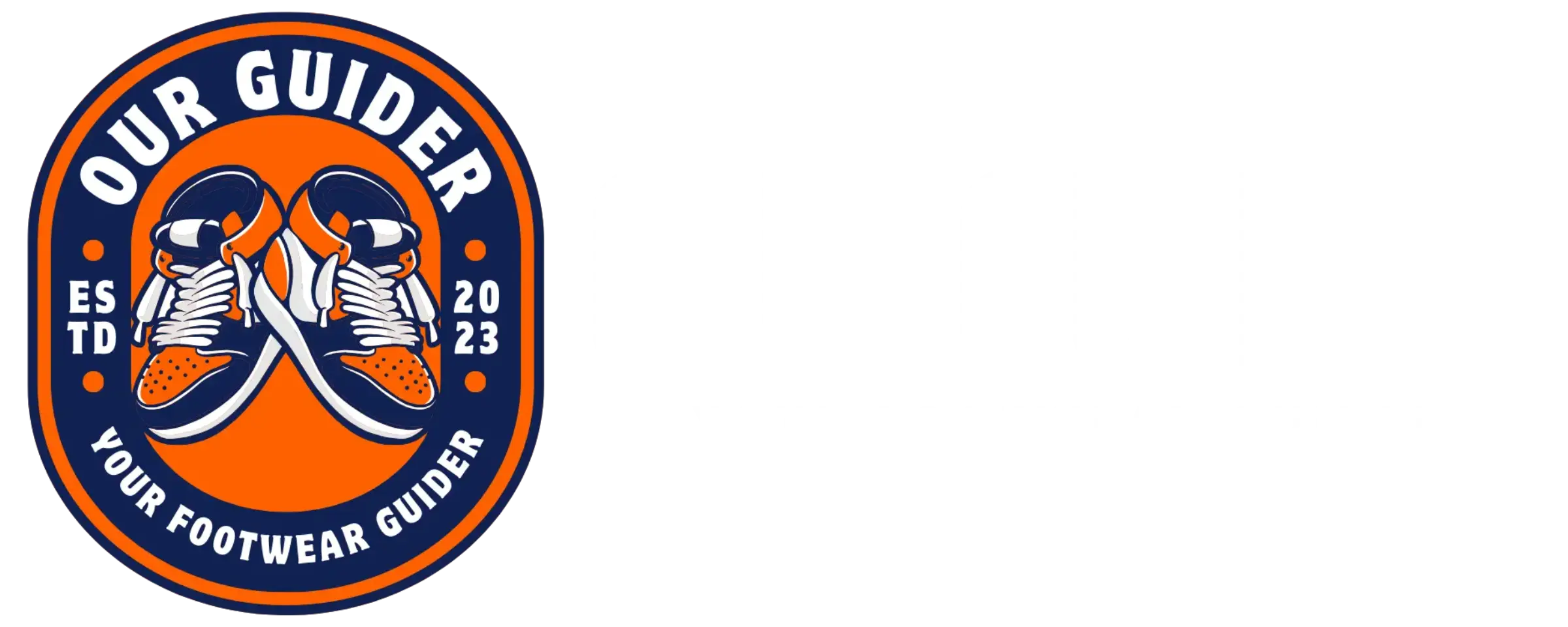Pigeon-toed, also known as in-toeing, in this condition the toes point inwards instead of straight ahead during walking or running. Pigeon toed is commonly observed in children, it can also affect adults. Pigeon-toed adults may experience discomfort, difficulty walking, and altered balance.
It’s a condition that can impact not only your confidence but also your overall well-being. The good news is that you’re not alone, and it’s entirely possible to work towards correcting pigeon toes in adulthood. In this comprehensive guide, we’ll explore effective strategies and exercises to help you achieve better alignment and improved foot positioning.
Understanding Pigeon Toed in Adults
Before delving into the solutions, let’s understand what pigeon toes are and why they might persist into adulthood. Pigeon toes, also known as in-toeing, is a condition where the feet point inward instead of straight ahead. While it is commonly associated with children, it can also affect adults. It can occur for a variety of reasons including:
Structural Abnormalities
Some adults may have underlying structural abnormalities in their feet or legs that contribute to pigeon-toed feet. This can include abnormal bone alignment, such as tibial torsion (twisted shin bone) or femoral anteversion (excessive inward twist of the thigh bone).
Muscular Imbalances
Weakness or imbalances in the muscles of the feet and legs can result in pigeon toes. These imbalances may be due to factors like muscle weakness, tightness, or coordination issues, affecting the alignment of the feet.
Genetic Factors
Genetic predisposition can play a role in the development of pigeon toes. Certain inherited traits may influence the alignment and positioning of the bones and muscles in the feet and legs.
Prior Injuries or Conditions
Previous foot or leg injuries, such as fractures, ligament sprains, or surgeries, can impact the alignment and contribute to the development of pigeon-toed feet in adults.
Can you correct pigeon toes as an adult?
The first question on your mind might be whether it’s possible to correct pigeon toes as an adult. The good news is that pigeon toes in adults can be corrected through various treatment options including:
Physical Therapy
Physical therapy plays a crucial role in correcting pigeon toes in adults. A physical therapist will design a personalized exercise program to target the underlying muscles, tendons, and ligaments responsible for causing the inward rotation of the feet. These exercises can help strengthen and stretch the muscles, improving alignment and reducing the pronation of the feet. The therapist may also incorporate gait training, balance exercises, and proprioception techniques to enhance overall coordination and alignment.
Stretching Exercises
Stretching exercises can be beneficial in managing and correcting pigeon toes in adults. The focus is on stretching the tight muscles, particularly the external rotators of the hip and the internal rotators of the lower leg. Stretching exercises, such as hip external rotation stretches, calf stretches, and ankle stretches, can help lengthen and loosen the muscles, allowing for better alignment of the feet. It is advisable to perform these exercises under the guidance of a qualified healthcare professional or physical therapist.
Orthotic Devices
Orthotic devices, such as shoe inserts or custom-made orthotics, can provide support and help correct the alignment of the feet. These devices are designed to reduce excessive inward rotation, promote proper weight distribution, and alleviate any associated discomfort or pain. Orthotics can be particularly beneficial for adults with severe or persistent pigeon toes. It is essential to consult a podiatrist or orthopedic specialist to determine the most suitable type of orthotic device for your specific condition.
Footwear Modifications
Wearing appropriate footwear is crucial in managing and correcting pigeon toes in adults. Look for shoes that provide stability, support, and a firm midsole. Avoid shoes with a narrow toe box as they can further exacerbate the inward rotation of the feet. Opt for shoes with a wide toe box that give the toes ample room to spread out. Additionally, avoid high-heeled shoes or shoes with excessive arch support, as these can negatively impact foot alignment. Keeping these features in mind, we have compiled a list of the best shoes for pigeon toed adults.
Surgical Intervention
In some cases, when conservative treatment methods do not yield satisfactory results, surgery may be considered. Surgical options for correcting pigeon toes in adults are typically reserved for severe cases or individuals who experience persistent pain or difficulties in daily activities. The surgical procedure may involve realigning bones, tendons, or ligaments to correct the positioning of the feet. It is crucial to consult with an orthopedic surgeon to determine if surgery is the right option for you.
It is important to note that proper diagnosis by a healthcare professional, such as a podiatrist or orthopedic specialist, is essential before initiating any treatment for pigeon toes in adults. The severity of the condition, individual factors, and overall health will guide the selection of the most appropriate treatment approach.
In conclusion, while pigeon toes in adults may present challenges, there are several treatment options available to correct this condition. Physical therapy, stretching exercises, orthotic devices, footwear modifications, and in some cases, surgery, can all play a role in improving alignment and reducing pronation of the feet. With proper diagnosis and guidance from healthcare professionals, adults with pigeon toes can find relief, improve their gait, and enhance their overall quality of life.
Conclusion
Correcting pigeon toes as an adult is a journey that demands dedication, but the results are well worth the effort. Pigeon toes, which may have troubled you for years, can be improved through a combination of exercises, stretching, posture awareness, and professional guidance. By understanding the root causes and addressing them with the right strategies, you can regain your confidence, comfort, and mobility.
Consistency is key in the pursuit of straighter, healthier feet. Keep in mind that progress may be gradual, but every step you take brings you closer to realignment. Consult healthcare professionals for personalized guidance, incorporate stretching and strengthening exercises into your daily routine, choose supportive footwear, and maintain good posture. Your commitment to correcting




